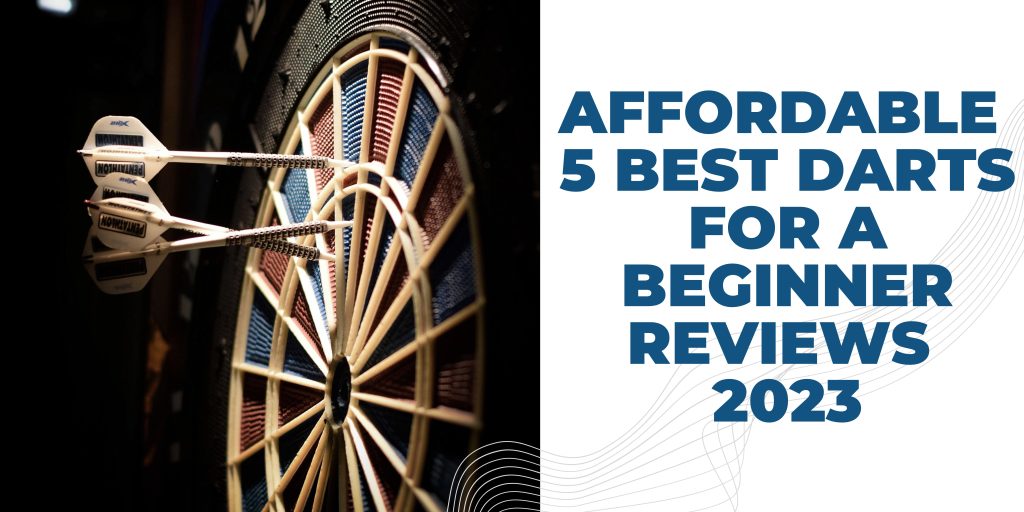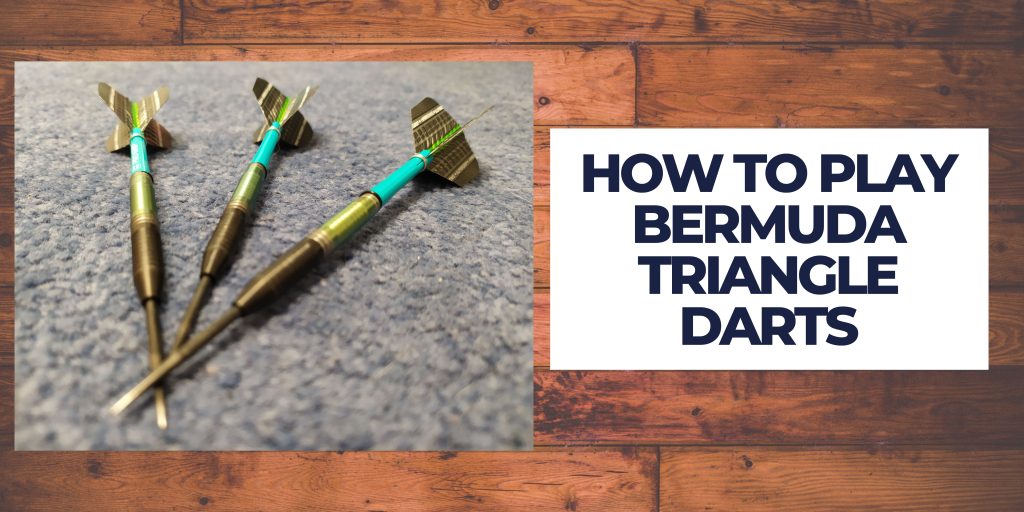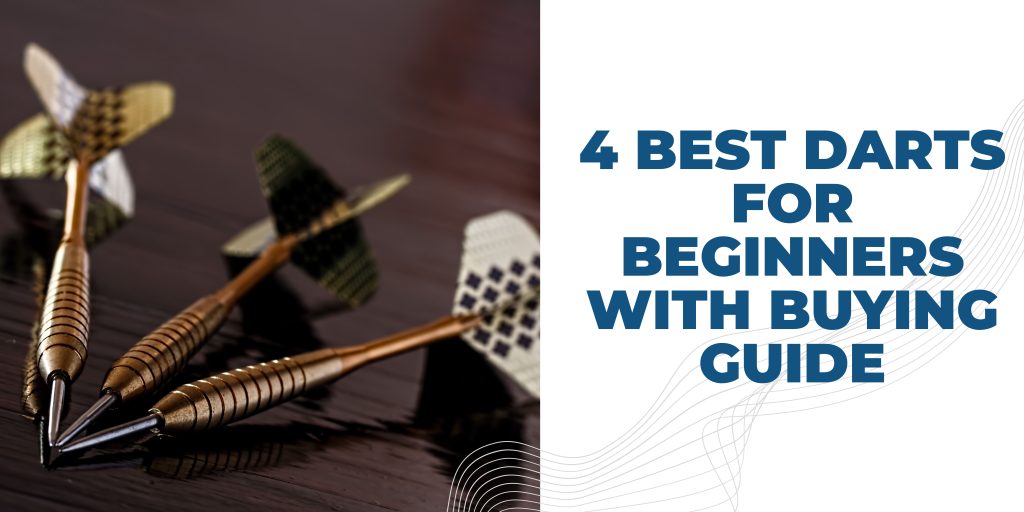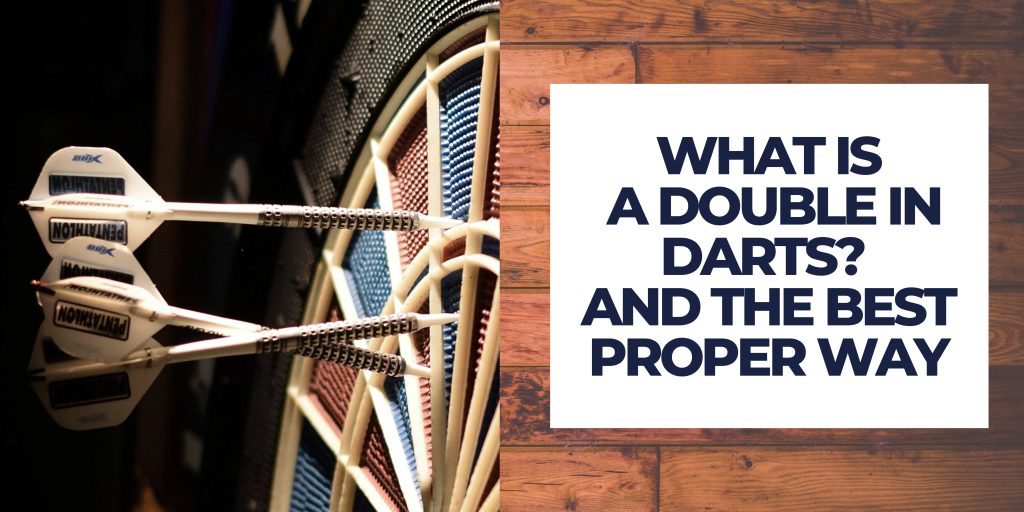Darts, a game that has graced many a pub and living room, is not just about aiming and throwing sharp projectiles at a circular board. It involves a plethora of terms and strategies, including the enigmatic concept of a bogey number. So, what exactly is a bogey number in darts? Let’s dive into this fascinating aspect of the game.
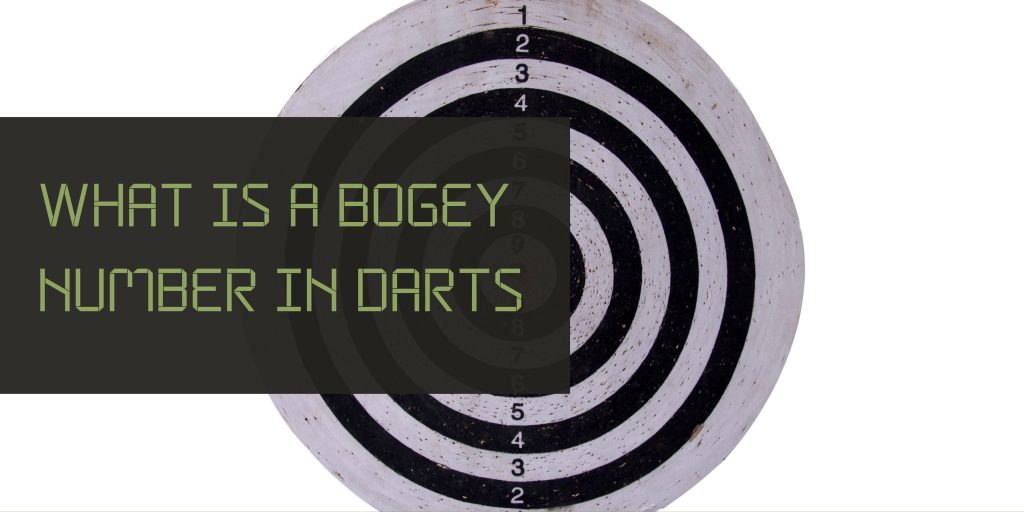
Unraveling the Bogey Number
The Basics
In the realm of darts, a bogey number represents a tricky predicament that players encounter during their gameplay. Essentially, it refers to a number that is challenging to reach with the fewest number of darts. Imagine standing at the oche, your eyes intently focused on the dartboard, and realizing that your remaining score is a peculiar and troublesome figure. This, my friends, is the dreaded bogey number.
A Common Conundrum
Players often find themselves grappling with these pesky numbers, trying to strategize their throws to eliminate the remaining score swiftly. However, as easy as it may sound, hitting specific numbers while keeping the overall score in mind can prove to be an intricate task, demanding precision, skill, and a fair share of luck.
Strategic Woes
What adds to the complexity is the need for careful planning to ensure the bogey number doesn’t become a stumbling block. Players must aim strategically, contemplating their next move meticulously to prevent a scenario where they are left with an awkward combination of digits that seem impossible to conquer.
Tactics to Tackle the Bogey Number
Crunching the Numbers
One of the key elements in dealing with a bogey number is adept calculation. Players need to possess a quick mental arithmetic ability to assess the most effective ways to whittle down the score. This involves analyzing the combinations of numbers that can lead to the desired total and executing the throws with precision.
Employing the Right Technique
Moreover, the technique employed in throwing the darts is crucial. Each throw must be accurate and intentional, taking into account the position of the remaining numbers on the board. A slight deviation can lead to missing the target and further complicating the already challenging bogey number situation.
Keeping a Cool Head
Maintaining composure under pressure is equally imperative. The mental game in darts is just as crucial as the physical aspect. As the pressure mounts to eliminate the bogey number swiftly, players must remain calm and focused, strategizing their moves with a clear mind and a steady hand.
The Thrill of Overcoming the Bogey Number
Triumph Amidst Adversity
Despite its intimidating nature, conquering the bogey number can be an exhilarating experience. The euphoria that accompanies hitting the perfect sequence of numbers to vanquish the challenging score is unparalleled. It not only showcases the player’s skill but also reflects their ability to thrive under pressure.
An Ever-Present Challenge
In the world of darts, the bogey number remains an ever-present challenge, testing the mettle of even the most seasoned players. It serves as a constant reminder that every throw counts and every decision shapes the trajectory of the game. The art of conquering the bogey number is a testament to the blend of strategy, precision, and mental fortitude that defines the sport of darts.
Different Bogey numbers
1-Bogey Number:
When the remaining score is 1, it presents a uniquely difficult situation. With the aim of finishing the game by hitting a double or a bullseye, landing precisely on the single 1 can be a daunting task. The pressure intensifies as every throw becomes crucial in achieving that decisive winning point.
2-Bogey Number:
Similarly, when the remaining score is 2, players face a tight spot. While the option of hitting a double 1 seems feasible, any slight miscalculation or error in execution can lead to overshooting the mark, prolonging the game and increasing the tension on the board.
3-Bogey Number:
As for the 3-bogey number, the challenge lies in strategizing the throws to reach this tricky score with the fewest darts. Despite the slightly higher number compared to 1 and 2, the margin for error remains slim, demanding precision and a steady hand to ensure a swift victory.
| Bogey Number | Description | Challenge |
|---|---|---|
| 1 | Remaining score of 1 | Hitting the precise single 1 to finish the game can be challenging, requiring precise aim and nerves of steel. |
| 2 | Remaining score of 2 | Striving to hit a double 1 without overshooting the mark demands careful execution and focused concentration. |
| 3 | Remaining score of 3 | Strategizing to reach this score with the fewest darts while maintaining accuracy poses a significant test of skill and precision. |
if you do not understand this then you should know about the numbers in dartboard and how you can calculate then you will understand this
Conclusion
a “bogey number” in darts refers to a score that is difficult to achieve within a set number of darts. Whether it’s a 1-dart, 2-dart, or 3-dart bogey number, these scores require precision, skill, and strategy to hit consistently. While hitting a bogey number isn’t necessary for winning a game of darts, it can greatly improve a player’s scoring potential and overall gameplay. By practising their aim and developing a strategy for hitting these challenging scores, players can become more skilled and competitive in the game of darts. Whether you’re a beginner or an experienced player, understanding and mastering bogey numbers is an important aspect of becoming a successful darts player.
Related Faqs

I am Ahmad. I live in the united states. I am founder of Dartboard.reviews. Dartboard started from a discussion between many friends. they love to play dartboard then we decided to provide tips and tricks about this game. we also want to provide the best dartboard if anyone likes to play.
if you want to know about us more then you can visit our about us page.




